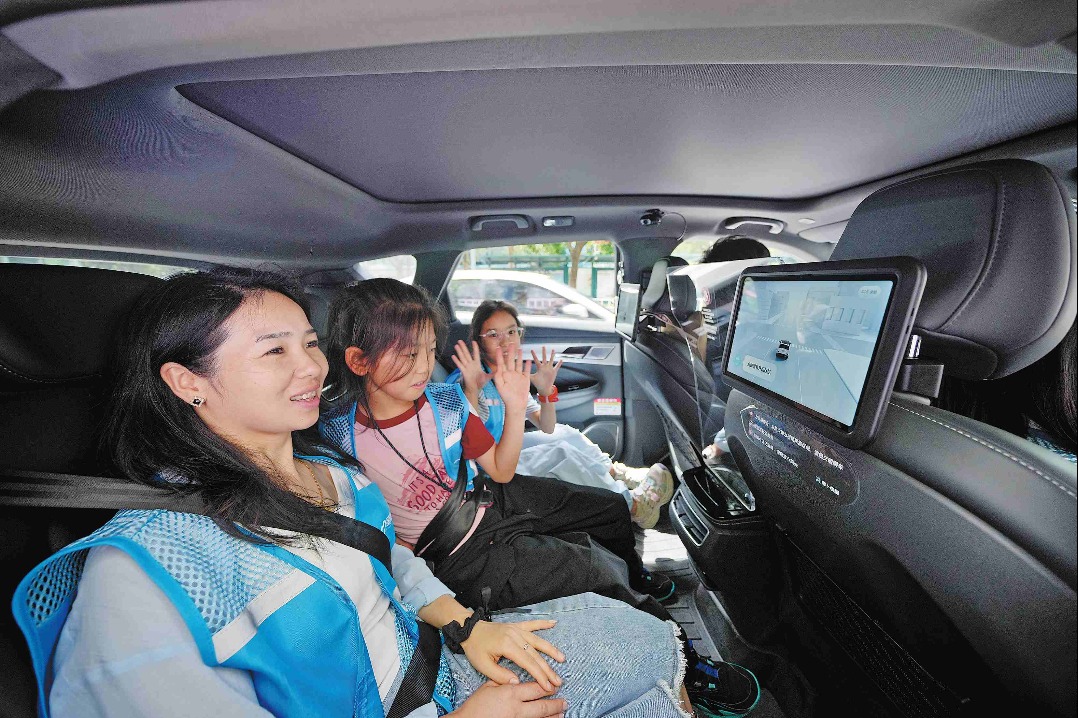A life of Xen

What would naturalist Charles Darwin, author of 1859's On the Origin of Species, make of today's pioneering evolutionary development via the use of algorithms? Scientists at the University of Vermont (UVM) in Burlington and biologists from Tufts in Massachusetts have just "designed" creatures on a supercomputer, using algorithms that are then assembled into a new life form using real living cell tissue.
The extraordinary living entities, called "xenobots", are neither traditional robots nor any known species of animal. "They are novel living machines," explains UVM robotics expert and computer scientist Joshua Bongard.
The scientists repurposed living cells scraped from frog embryos (harvested from the embryos of the African frog species Xenopus laevis, hence the name "xenobots") and assembled them into entirely new life forms. To do this, they took the frog skin cells (green) and heart muscle cells (red), then ran algorithms about what the biophysics of single frog-skin and cardiac cells can do. Assembled into body forms never seen in nature, the cells began to work together.
The tiny millimetre-wide xenobots can move toward a target, pick up a payload (such as a medicine that needs to be carried to a specific place within a patient's body) and heal themselves after being cut. It's a whole new class of artifact: a living programmable organism.
"We can imagine many useful applications of these living robots that other machines can't do," says co-leader Michael Levin, director of the Center for Regenerative and Developmental Biology at Tufts. "Like searching out nasty compounds or radioactive contamination, gathering microscopic plastic in the oceans or traveling in arteries to scrape out plaque."
It's certainly not the first time that organisms have been manipulated by science for human benefit-that's happened since the dawn of agriculture and genetic engineering is widespread. What distinguishes a xenobot is that research "designs completely biological machines from the ground up," as the team writes in A Scalable Pipeline for Designing Reconfigurable Organisms. And they're biodegradable, too. "When the xenobots have done their job, after seven days, they just become dead skin cells," says Levin.
So what else is possible? "You look at the cells we've been building our xenobots with, and, genomically, they're frogs," adds Levin. "It's 100 percent frog DNA-but these are not frogs. Then you ask, well, what else are these cells capable of building?"

Today's Top News
- Pakistani minister hails high-tech ties with China
- China-US trade ties key for world economy
- Prospering Xizang sees surge in overseas visitors
- Central govt has final say on reincarnation of Dalai Lama
- Manila fueling tensions with its solicitations: China Daily editorial
- Bundling trade with other issues coercive approach demolishing rules-based order: China Daily editorial






























